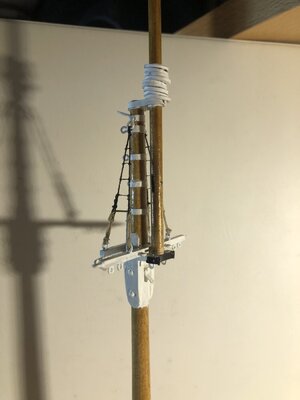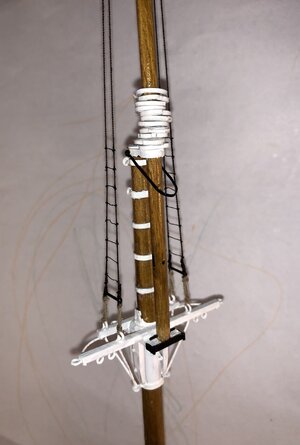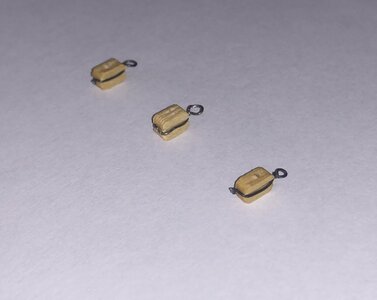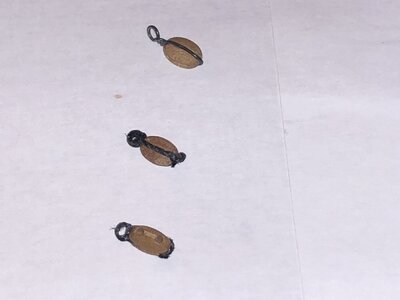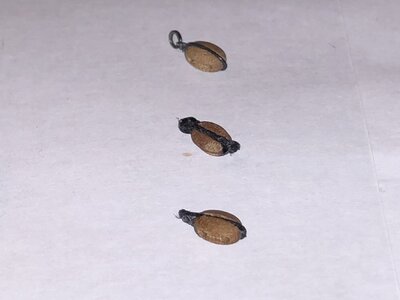- Joined
- Sep 3, 2021
- Messages
- 5,180
- Points
- 738

Not sure it's all smooth sailing from here on; sails to be made, plus an awful lot of standing and running rigging to be done. Not out of the woods yet...Very neat and tidy Johan, well done. Now you've reached the highest point in your build I hope the rest is all downhill, as in easy cruising and plain sailing
Thanks for your compliments though.




